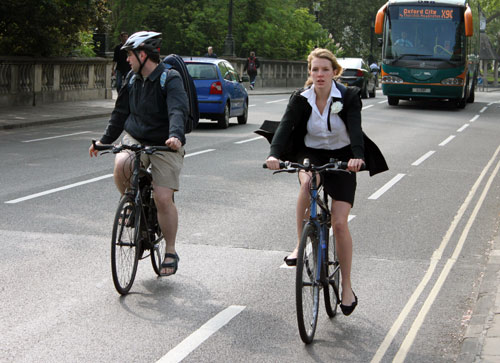While it may seem that environmental sustainability and sustainable development are one in the same, there is quite a few ways in which they diverge in their goals. They do have the same overall goal that of conserving natural resources and creating more energy efficient projects and practices – but the two groups that are focused on them may find themselves in disagreement about what the priorities of actions are. Having a better understanding of how they are different and the same can help you do know how to navigate dealing with both.
What is Environmental Sustainability?
The goal of environmental sustainability is to conserve natural resources and to develop alternate sources of power while reducing pollution and harm to the environment. For environmental sustainability, the state of the future – as measured in 50, 100 and 1,000 years is the guiding principle. Many of the projects that are rooted in environmental sustainability will involve replanting forests, preserving wetlands and protecting natural areas from resource harvesting. The biggest criticism of environmental sustainability initiatives is that their priorities can be at odds with the needs of a growing industrialized society.
What is Sustainable Development?
Sustainable development is the practice of developing land and construction projects in a manner that reduces their impact on the environment by allowing them to create energy efficient models of self-sufficiency. This can take the form of installing solar panels or wind generators on factory sites, using geothermal heating techniques or even participating in cap and trade agreements. The biggest criticism of sustainable development is that it does not do enough to conserve the environment in the present and is based on the belief that the harm done in one area of the world can be counter balanced by creating environmental protections in the other.
According to Brundtland Commission in its 1987 report “Our Common Future”,
“Sustainable development is development that meets the needs of the present, without compromising the ability of future generations to meet their own needs.”
Sustainable development has 3 goals: to minimize the depletion of natural resources, to promote development without causing harm to the environment and to make use of environmentally friendly practices.
When are the goals of each not in agreement?
The goals of the two groups diverge when it comes to the development of endangered areas. For instance, there will be disagreements when it comes to developing construction practices on a wetland. The environmental sustainability focus would argue that the preservation of the wetland is more important than everything else. Sustainable development will show that by incorporating preservation areas, and contributing to the overall preservation of a different wetland area that the damage is balanced out. Sustainable development will also argue that the local economic benefits will lead to more funding to create environmental protection areas elsewhere.
What are the current practices that seek a balance?
Resolving these differences can be difficult. Very often, money and economy will prove to be the deciding factor. This doesn’t mean that one side loses and one side wins, but the environmental factors can influence the development design to create an approach that provides the best of both worlds, without completing adopting one approach over the other. The environmental sustainability plans may show the sustainable development engineers that there are aspects of their design that can be improved to lessen the impact of the project on the wetland area that would still be in existence. Through committing funds and development to protected areas that are not a part of the development, environmental sustainability projects that emphasize conservation and public education can advance further than they would have on their own.
What can be done to promote greater attention to both?
The best approach is to educate the consumers, and the industry, to leave behind an either/or approach to development and conservation and to take on a balanced ratio approach that seeks the best of both worlds. This is very hard to do as it requires an element of sacrifice be adopted by the present society. To this end you need both of the sides to come together to commit to creating regulations, incentive programs and tax credits that promote sustainable development while defining priorities for conservation in different areas that will also feed back into the local communities.
More research and development is also needed in the areas of sustainable development to create better engineering and construction options that are more in keeping with environmental sustainable goals. In the end, no one can afford to lose sight of the fact that the environment as we know it is steadily eroding and the future of everyone is dependent on the care we take today to preserve the resources that we know, so we have time to develop better ways of living in the world.






